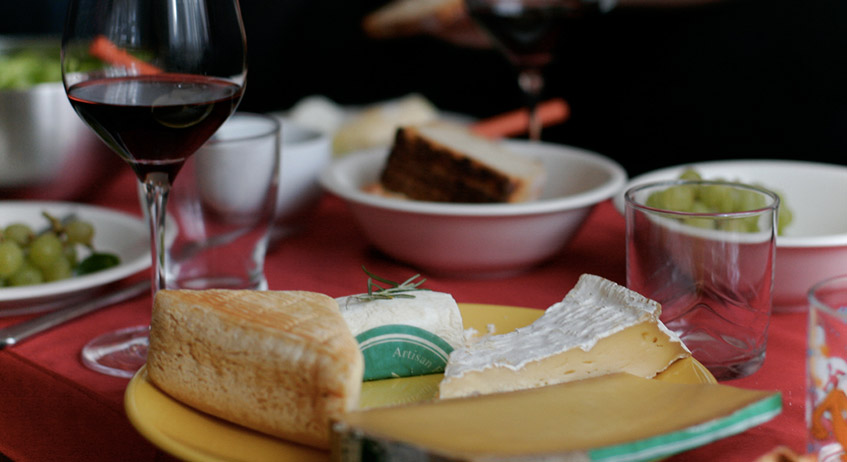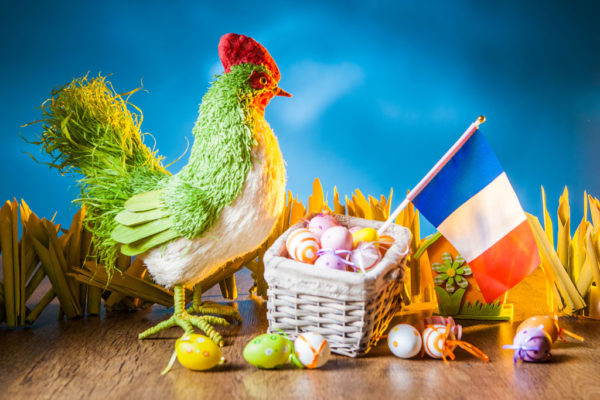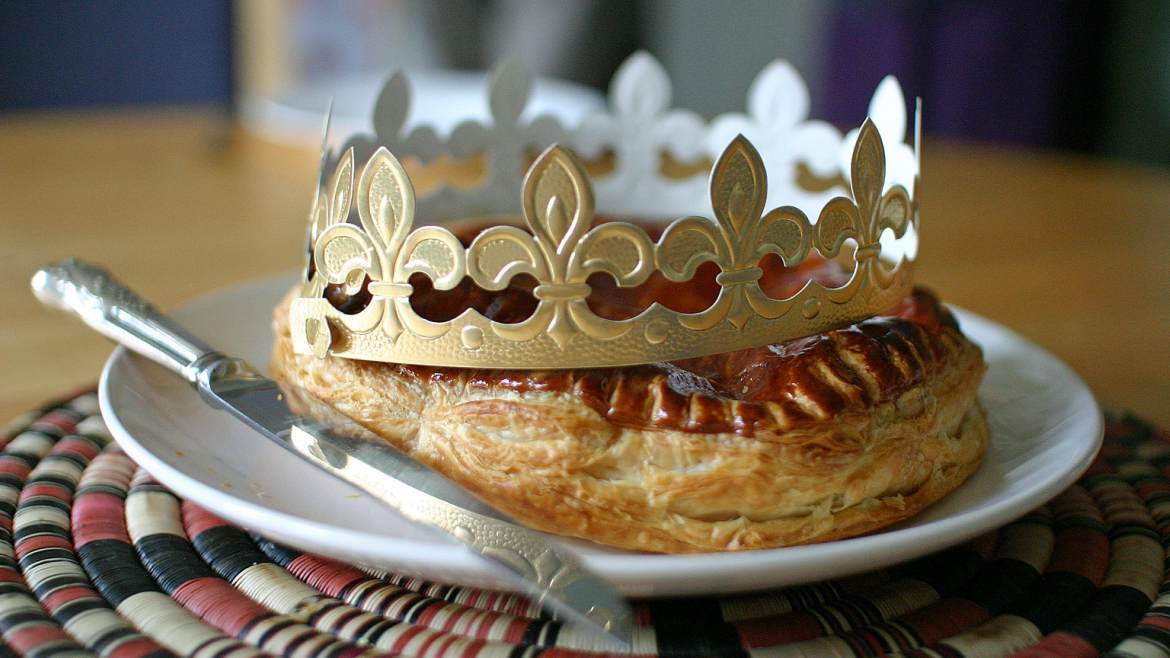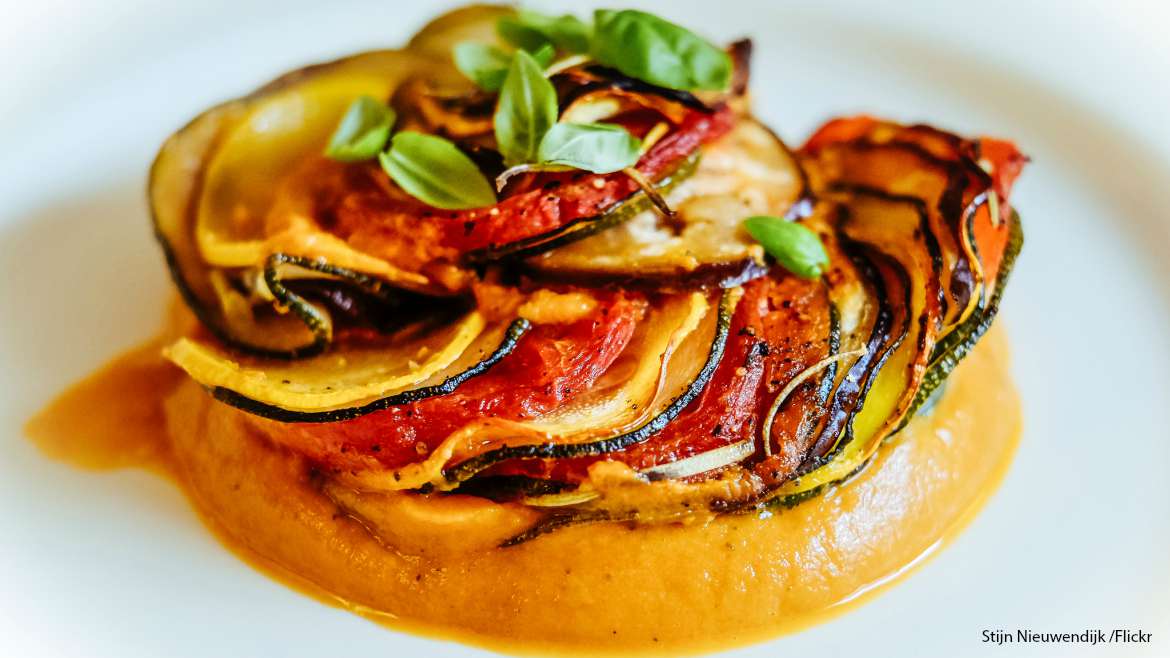
This is the real reason the French love cheese
When I moved to France, fresh and ignorant back in 2010, the idea of it being populated by a bunch of cheese lovers was one of my preconceptions that actually turned out to be true. Every meal – family or fancy – a selection of cheeses would be passed around after the main course. And it wasn’t like in Britain where eating cheese as a course still comes with a strong whiff of, “Look at me, aren’t I continental with my cheese plate?” It was just part of the structure of the meal. It is The Thing That You Do, nothing more and nothing less.

Please admire our cheese.
And in my own home we have a cheese course every lunch and dinner. I’m being honest here, it’s not a carefully chosen variety on a lovely marble platter. No, it’s pretty much 3 or 4 cheeses, usually still in their wrappers, dumped on the table, accompanied by a bellowing, “Who wants cheese?” to be heard over the children singing Disney songs.
So where does this fromage fanaticism come from? “C’est comme ça” is pretty much the answer to everything in France. Just one of those cultural oddities that we accept without enquiring further. That was certainly the case with me until my 3 year old started school and I was given a insight into French culture that knocked the beret (all we French residents are required to wear one) right off my head.
It happened like this. One day my daughter brought home a printed menu detailing everything they would be served in the canteen that term. This is impressive in itself. I don’t know if they do this in British schools nowadays but they certainly didn’t back when I was a lass. Had they done, it would have read something like this:

I’m not exaggerating for comic effect. This is what we ate daily.
French schools offer a greater choice, thankfully, including vegetables that are not potatoes. So far, so unsurprisingly. The interesting bit came when examining the offerings closer. Almost every day school children have cheese as a course. And not just classic child-friendly cheeses like emmental or comté but mould-rind cheeses like brie and camembert, goat’s cheese, and even gorgonzola, a blue cheese. Remember: this is a menu for chidren from the age of three and up.
Looking at the menu for the month of April there are 16 different kinds of cheeses on offer. (And this is not including times where petit suisse or fromage blanc are on the menu; these are technically cheeses but are closer to yoghurts in that they’re sweetened and often flavoured with fruit.) There’s even maroilles on there, a cheese I recently discovered on my Tour de Fromage. There was me going out of my way to discover new cheeses and my daughter’s getting them literally handed to her on a plate.

Cheese highlighted
Sure, not every child is going to like every cheese. I don’t know how much gorgonzola is left on the plate when it’s served to very young kids but I’m guessing it’s a lot. But giving them the opportunity to taste, to experiment, to discover what they like and what they don’t amounts to an extraordinary education in cheese. Regular, early exposure to a wide variety of flavours, textures – not to mention some very funky smells – turns each generation of French children into adult connoisseurs.
This is why French people love cheese so much. No wonder they can put together a cheese plate with a selection that complements one another perfectly, no wonder they can name them, no wonder they know how to cut them correctly.
Is it too late for non-French people to learn to love and appreciate the 400+ cheeses of France? Hell, non. Every trip to the supermarket, fromagerie or local market is a chance to explore and discover. Who knows, maybe some of them will taste good on chips?

Photo credit: Cheese plate by Sophie CC BY






Pingback: 28 signs your child may be French – OUT OF PLACE
OUT OF PLACE
Good to know… Maybe you’re right and the Easter Bunny is afraid to come to France in case it ends up being eaten!